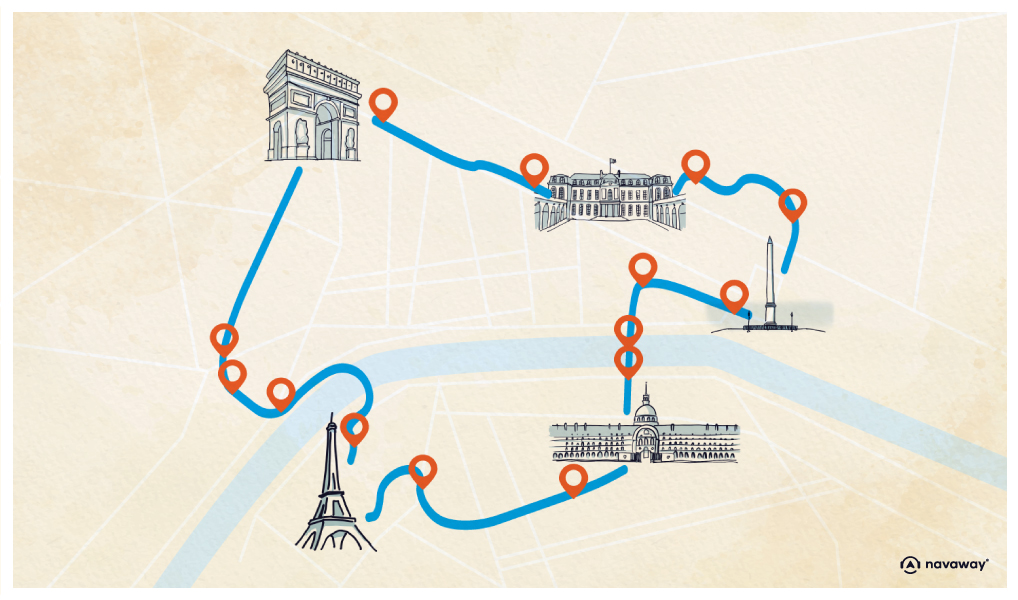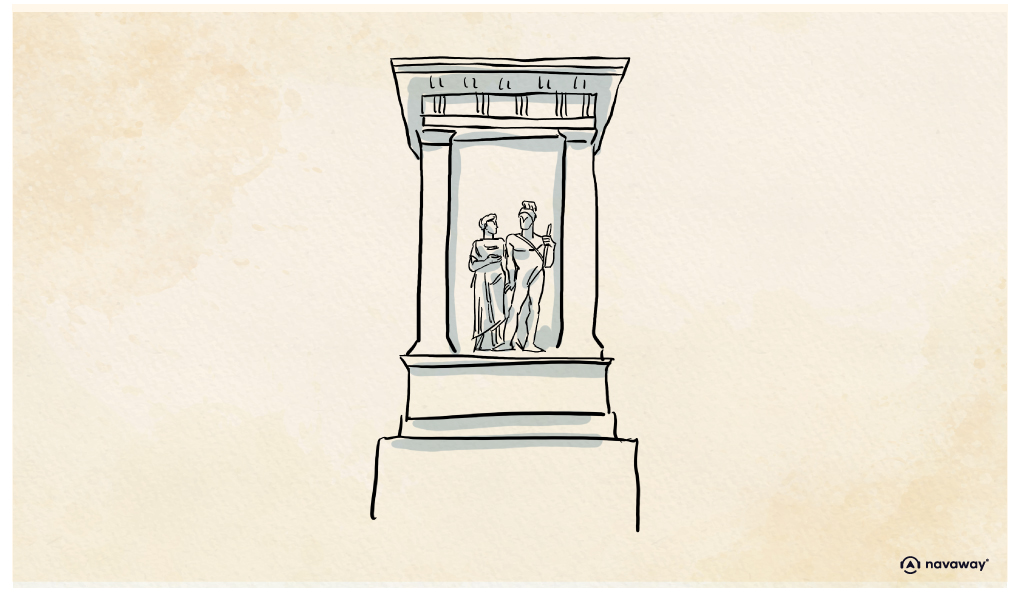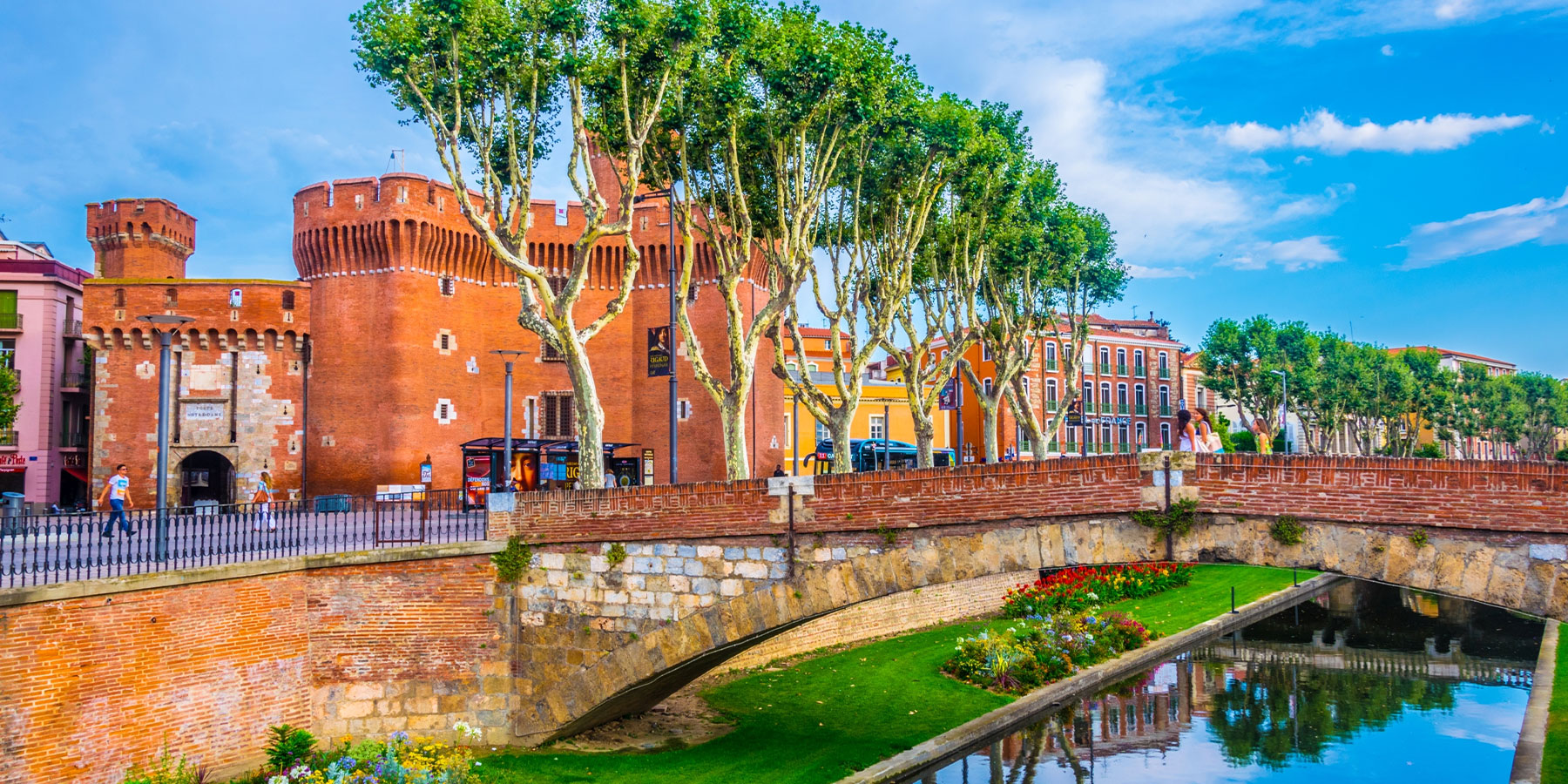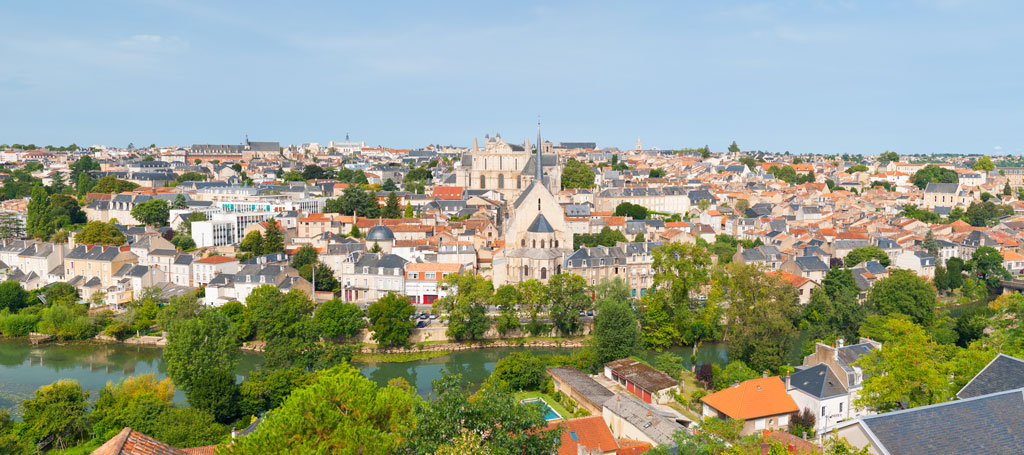
Le Gros Caillou – The Big Pebble

This point of interest is available as audio on the tour: Visit Paris, On the Champs Elysées
You’re strolling past the Saint-Pierre du Gros Caillou Church, that has stood here, in the heart of the Gros Caillou district, since 1733. But why is this neighborhood, now home to the Eiffel Tower, the Quai Branly Museum, and the Trocadéro Esplanade, called the Gros Caillou, aka Big Pebble? Back in the 18th century, Paris was surrounded by a wall known as the Farmers-General Wall. It was named after the Ferme Général, a private institution under the ancien régime, which collected taxes, giving a share to the king. This wall was used to collect taxes on goods brought into the capital. It was wildly unpopular and was one of the causes of the French Revolution. In 1790, Paris was divided into 48 revolutionary sections. Five years later, the city was reorganized into arrondissements. At the time, there were 12 of them, numbered in the reverse order of the present-day one, that is, from the outskirts of the city to the center. In 1860, they adopted the spiral-shaped division we still use today, and added several new districts to the city. Each new district was named after its most striking feature. For example, in the 3rd arrondissement, the “Temple” district was renamed “Les Enfants Rouges” (The Red Children) in memory of the hospice of the same name, which took in foundlings dressed in red. There’s always a meaning to everything. As for this neighbourhood, truth be told, there wasn’t much to it – it was rather rural at the time. So they ended up naming it after the church and the tobacco factory close by, both called Gros Caillou, in memory of the natural, most probably prehistoric, boundary marker that demarcated the seigneuries of Saint-Germain and Sainte-Geneviève. There you go, now you know the reason behind this strange name.

Discover other tours to visit Paris

Discover Paris with app
An interactive guide through the most beautiful streets, squares, and districts
18 fun audioguides full of historical facts, anecdotes, and legends






Comments